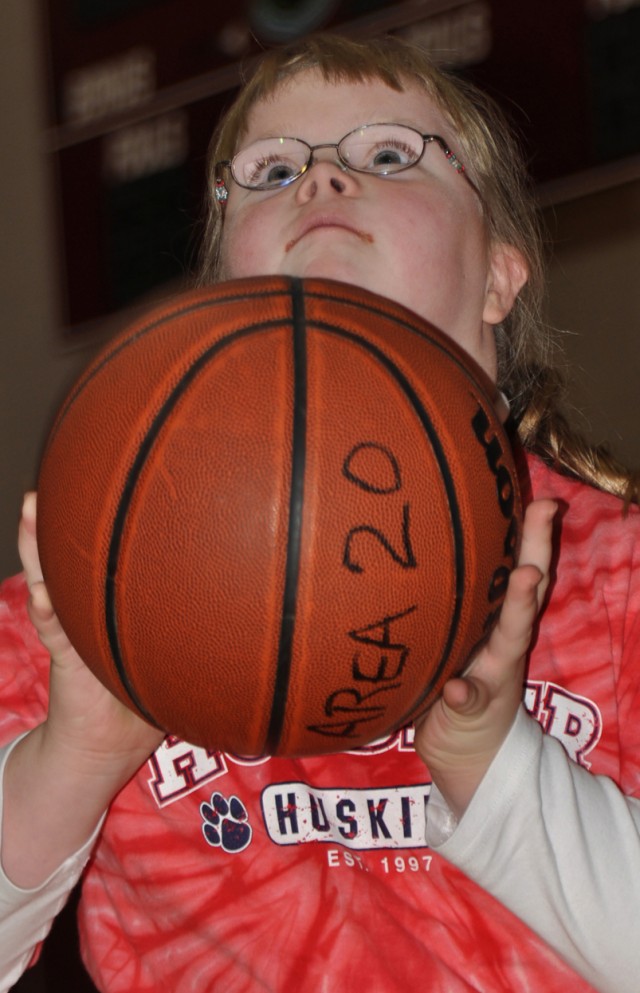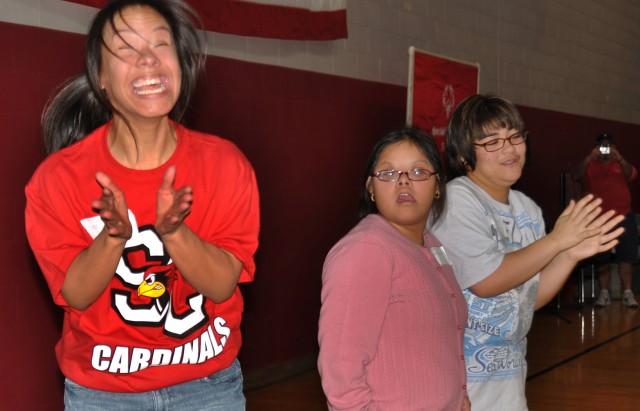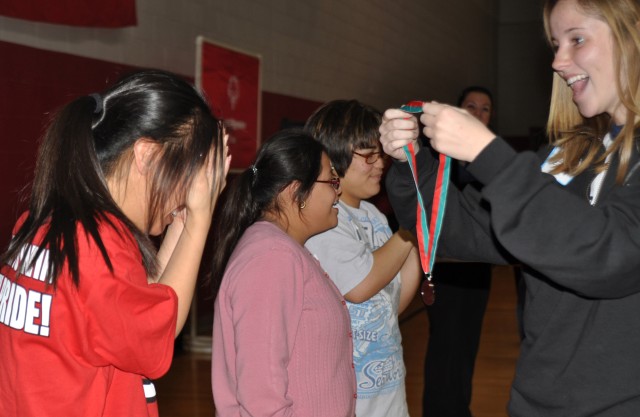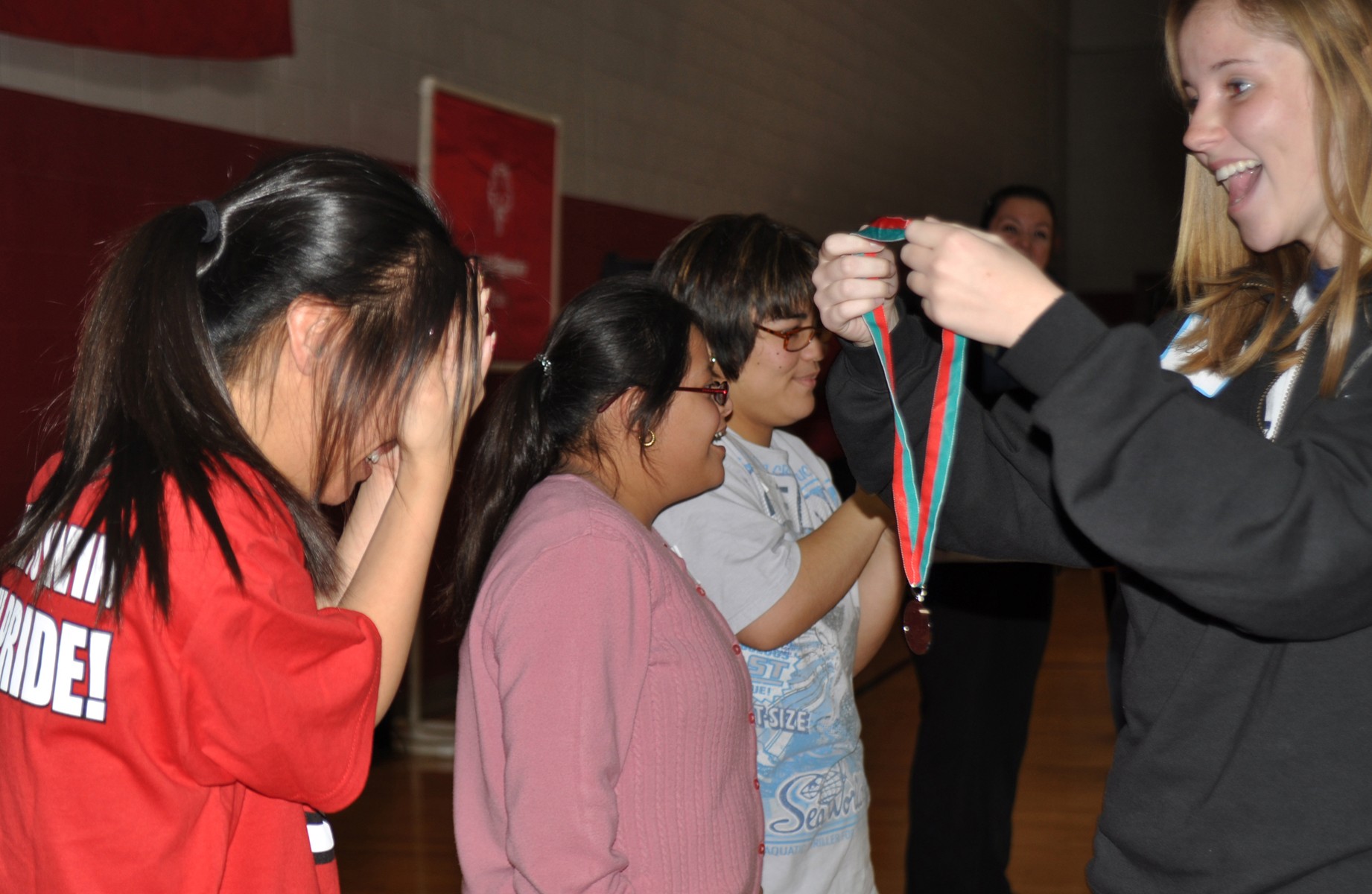FORT SAM HOUSTON, Texas -- Nearly 700 local athletes, family and friends hooped it up for the first half of the Special Olympics 2010 Basketball Tournament at the Jimmy Brought Fitness Center.
Opening ceremonies got athletes and fans geared up with a "torch lighting" followed with individual skills and medal presentations, Feb. 20.
Individual activities included passing, shooting and dribbling which measured skills levels, followed with classification where athletes played "three-on-three" short games to match levels and then were organized into teams said Dave Waugh, night manager for the fitness center.
After classification competition began Feb. 21 and continues Feb. 27 with "five-on-five" team play.
The Special Olympics gives athletes, their families and volunteers a great experience explained Norm Arias, program director for the San Antonio Area 20 Special Olympics.
Area 20 of Special Olympics Texas includes more than 5,200 athletes with intellectual disabilities from the Hill Country to Corpus Christi.
"Athletes experience camaraderie with other athletes, make new friends, and learn socialization skills," Arias said.
Arias explained the competition gives athletes an opportunity to get some great exercise instead of being couch potatoes. He said Special Olympics athletes are capable of doing the same things as other athletes, but at a different pace.
Families get to see the joy athlete's experience when they compete. "They go out there and cheer them on to go for the gold," Arias said.
Arias said the competition also gives Special Olympics athletes a chance to progress in skill level."You'll see someone start at a lower level and move up to the middle. You get to see that as the athletes grow and families get to share that with them."
Competitions are run by volunteers, with very few or no paid staff. "They get to see how our athletes put out 110 percent," Arias said, adding that simple tasks such as walking through a door may be more difficult for Special Olympics athletes.
"They don't quit," Arias said. "Regardless of what they're doing they're motivated and that is contagious."
"I volunteered because it always puts a smile on my face to see all of the competitors and how happy they are," said volunteer Beth Medbery.
"I've never been to a Special Olympics before, so I thought I'd help out and do my part," said Pvt. Stephen Chappell.
"It's amazing that all of these people come out and support this. It's really awesome."
Chappell, who has been in the Army for six months, is currently training to become a 68W healthcare specialist, said he wasn't surprised to see an event such as the Special Olympics at Fort Sam. "I would expect the military to support it."
For more information, visit http://www.specialolympicstexas.org.






Social Sharing